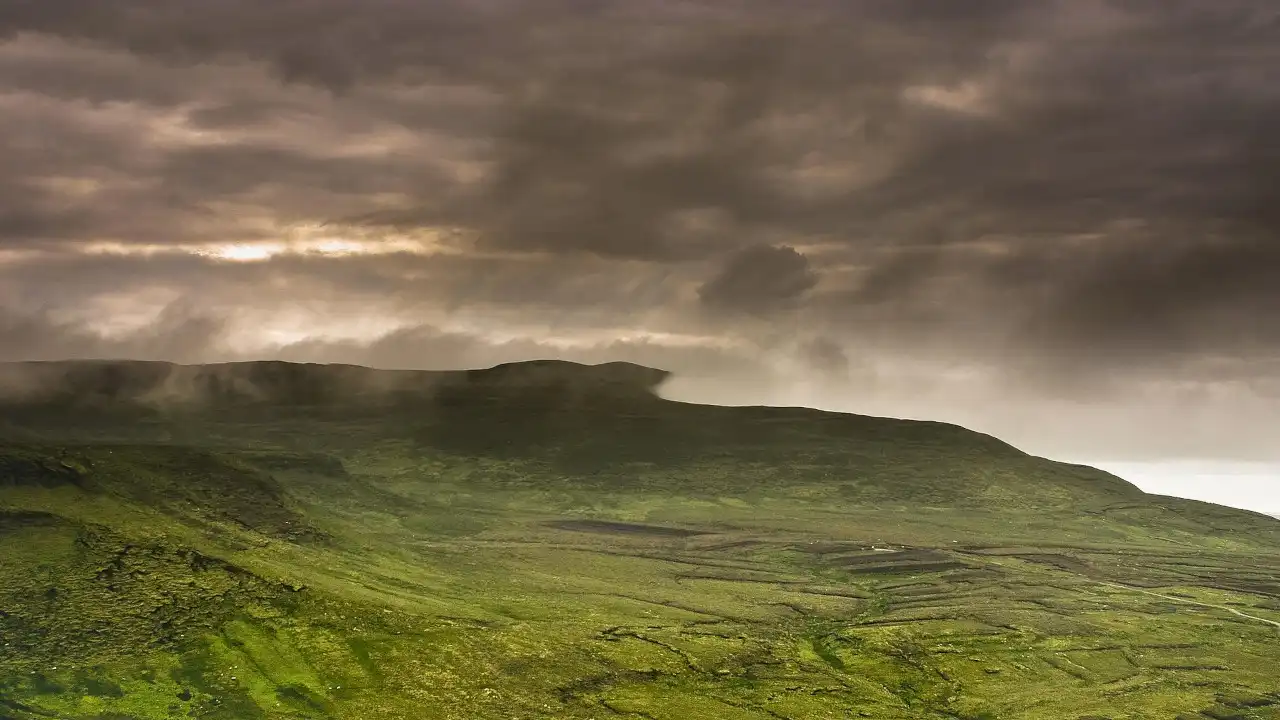Exploring the Main Irish Dialects: Munster, Connacht, and Ulster
Author

One of the first things you’ll notice when you start learning Irish is that it’s not spoken the exact same way all over Ireland. Just like how English sounds different in London, Texas, or Sydney, Irish has its own regional flavors. These different ways of speaking are called dialects, or canúintí in Irish.
Don’t let this worry you! It’s a sign of a healthy, living language.
Today, we’re going to take a simple tour of the three main dialects of Irish: Munster, Connacht, and Ulster. We’ll also touch on the “official” version you see in textbooks.
Table of Contents:
What is Standard Irish (An Caighdeán Oifigiúil)?
Before we get to the regional dialects, let’s talk about Standard Irish, or An Caighdeán Oifigiúil (The Official Standard).
This is a standardized version of Irish developed in the mid-20th century. It was created to make things consistent for schools, government documents, and official signs. It’s a mix of features from all three major dialects, so it doesn’t belong to any one region.
Most textbooks and learning apps teach the Caighdeán. It’s a great starting point because it gives you a solid foundation that will be understood everywhere. Just remember that it’s not a naturally spoken, everyday dialect you’d hear in a Gaeltacht (Irish-speaking area).
Munster Irish (Gaeilge na Mumhan)
Munster Irish is spoken in the south of Ireland. You’ll hear it in the Gaeltachtaí of County Kerry (like the Dingle Peninsula), County Cork (Múscraí), and the small but vibrant Gaeltacht of An Rinn in County Waterford.
Key Features:
- Pronunciation: Munster speakers often put stress on long vowels, even if they’re not at the beginning of a word. This can give the dialect a very musical quality.
- Vocabulary: One of the quickest ways to spot Munster Irish is the word for “what”. They use
cad, while other dialects often usecéardorcaidé. - Verbs: They sometimes use different verb endings. For example, you might hear
deineann séinstead of the standarddéanann séfor “he does/makes”.
A classic example is how you ask “How are you?“.
Conas atá tú?
Connacht Irish (Gaeilge Chonnacht)
Connacht Irish is spoken in the west, primarily in the large Gaeltacht areas of County Galway (especially Conamara) and County Mayo.
Because this is the largest Gaeltacht region, Connacht Irish has a very strong presence. In fact, Standard Irish is based heavily on this dialect.
Key Features:
- The “Middle Ground”: It’s often seen as the bridge between the Munster and Ulster dialects. If you learn Standard Irish, you’ll find Connacht Irish very familiar.
- Pronunciation: It’s known for its long vowels. For example, the word for “boat” (bád) is often pronounced with a very long ‘aw’ sound, almost like “bawd”.
- Vocabulary: They use
céardfor “what”.
Here’s the Connacht way of asking “How are you?“.
Cén chaoi a bhfuil tú?
Ulster Irish (Gaeilge Uladh)
Ulster Irish is the dialect of the north, spoken in the Donegal Gaeltacht. It has some unique features, partly because of its historical links with Scottish Gaelic.
Key Features:
- The Negative Particle
Cha: This is the biggest giveaway of Ulster Irish. Instead of usingnífor negative sentences, Ulster speakers often usecha. For example, “I don’t understand” isCha dtuigiminstead ofNí thuigim. The negative of the verb tá ischan fhuil. - Unique Vocabulary: You’ll hear
caidé(orgoidé) for “what”. - Pronunciation: The pronunciation can be quite different from the other dialects, which is why some learners find it tricky at first.
The Ulster version of “How are you?” is also distinct.
Caidé mar atá tú?
Dialect Differences at a Glance
Here’s a quick comparison of some common phrases. Notice how they are all slightly different, but you can still see the similarities!
| English | Standard Irish / Connacht | Munster Irish | Ulster Irish |
|---|---|---|---|
| How are you? | Cén chaoi a bhfuil tú? | Conas atá tú? | Caidé mar atá tú? |
| What is your name? | Céard is ainm duit? | Cad is ainm duit? | Caidé an t-ainm atá ort? |
| I don’t understand | Ní thuigim | Ní thuigim | Cha dtuigim |
| He is not | Níl sé | Níl sé | Chan fhuil sé |
Which Irish dialect should you learn?
This is a question every new learner asks, and the simple answer is: it doesn’t matter too much at the start.
The good news is that speakers of all dialects can understand each other perfectly well. It’s like someone from Dublin talking to someone from Cork—the accents are different, but the language is the same.
Here are a few tips to help you decide:
- Start with the Standard: Most resources teach Standard Irish, and it’s a perfect, neutral place to begin.
- Follow Your Connection: Do you have family from Donegal? Maybe you love visiting Galway? Let your personal connection to a place guide you.
- Listen Around: Find videos or podcasts from different Gaeltacht areas. See which sound you like the best!
My advice is to learn the basics using Standard Irish. As you get more advanced, you can start to focus on the dialect that interests you most. You’ll naturally start picking up its unique words and sounds.
The most important thing is to just start learning and have fun. The differences between the dialects are part of the rich tapestry of the Irish language. Embracing them is part of the journey!